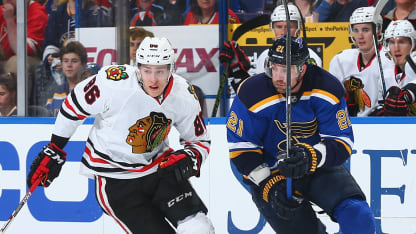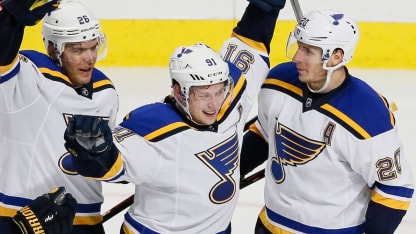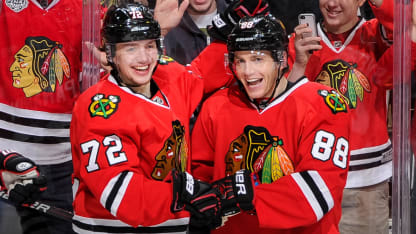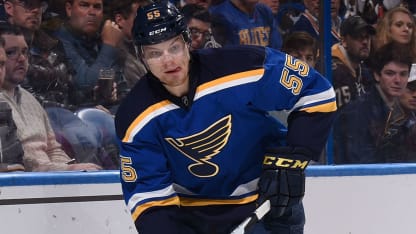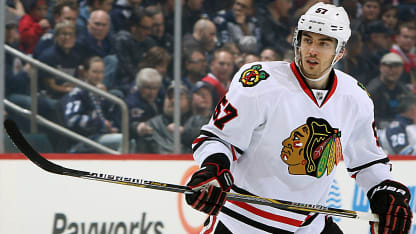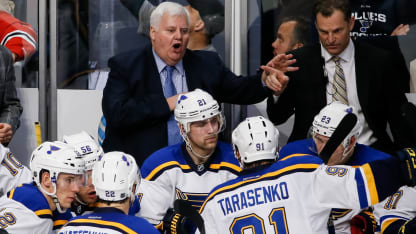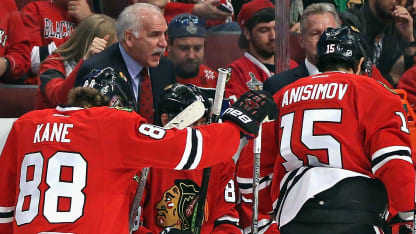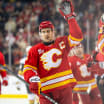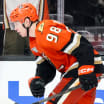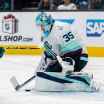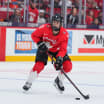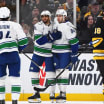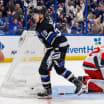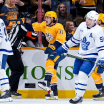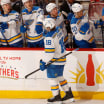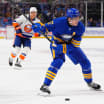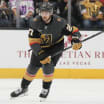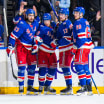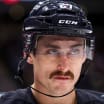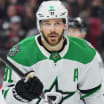The Blues (49-24-9, 107 points), who battled the Dallas Stars for the Central Division title and the top seed in the Western Conference until the penultimate day of the season, must get through the Chicago Blackhawks (47-26-9, 103 points), the defending Stanley Cup champion, to even entertain thoughts about a long run.
It was the same situation in the 2014 Stanley Cup Playoffs and the Blues thought they were on their way when they won the first two games, each in overtime. Instead, the Blackhawks won the next four, two more decided in overtime, and were the team to make the long run, losing Game 7 of the Western Conference Final to the Los Angeles Kings.
The series was a heavy affair with a lot of snarl that occasionally boiled over into something uglier. It also planted the seeds for what has been among the best rivalries in the past three seasons.
The big names from each side remain. For Chicago, forwards Jonathan Toews and Patrick Kane and defensemen Duncan Keith and Brent Seabrook were the four top scorers in the 2014 series, combining for 20 points. All are back this postseason, although Keith will miss Game 1 because of a suspension. For St. Louis, defenseman Kevin Shattenkirk was the high scorer with five points and forward Vladimir Tarasenko had four goals.
This season, they played five times and three of the games were decided after regulation and another was a one-goal games before and empty-net goal. The Blues won the series, 3-2.
It's anybody's guess what will happen when they meet again in this Western Conference First Round Series, but, it should be entertaining.
